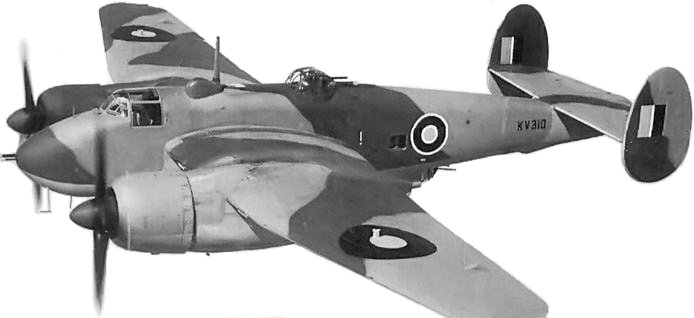Reluctant Poster
Tech Sergeant
- 1,745
- Dec 6, 2006
The USAAC's first skip bombing attacks were conducted using B-17s which seems to me to be even riskier than dropping torpedoes which can be released at greater distance.Well, in 1934-1939 the idea of using heavy bombers as torpedo bombers needs to be looked at long and hard. Using 4 engine bombers at under 100ft and at speeds barely over 120-150mph is really trading bombers for torpedo hits. Skip the torpedoes and just have the pilots crash into the ships. All it did was give you a big bomb bay you could use for other things.

